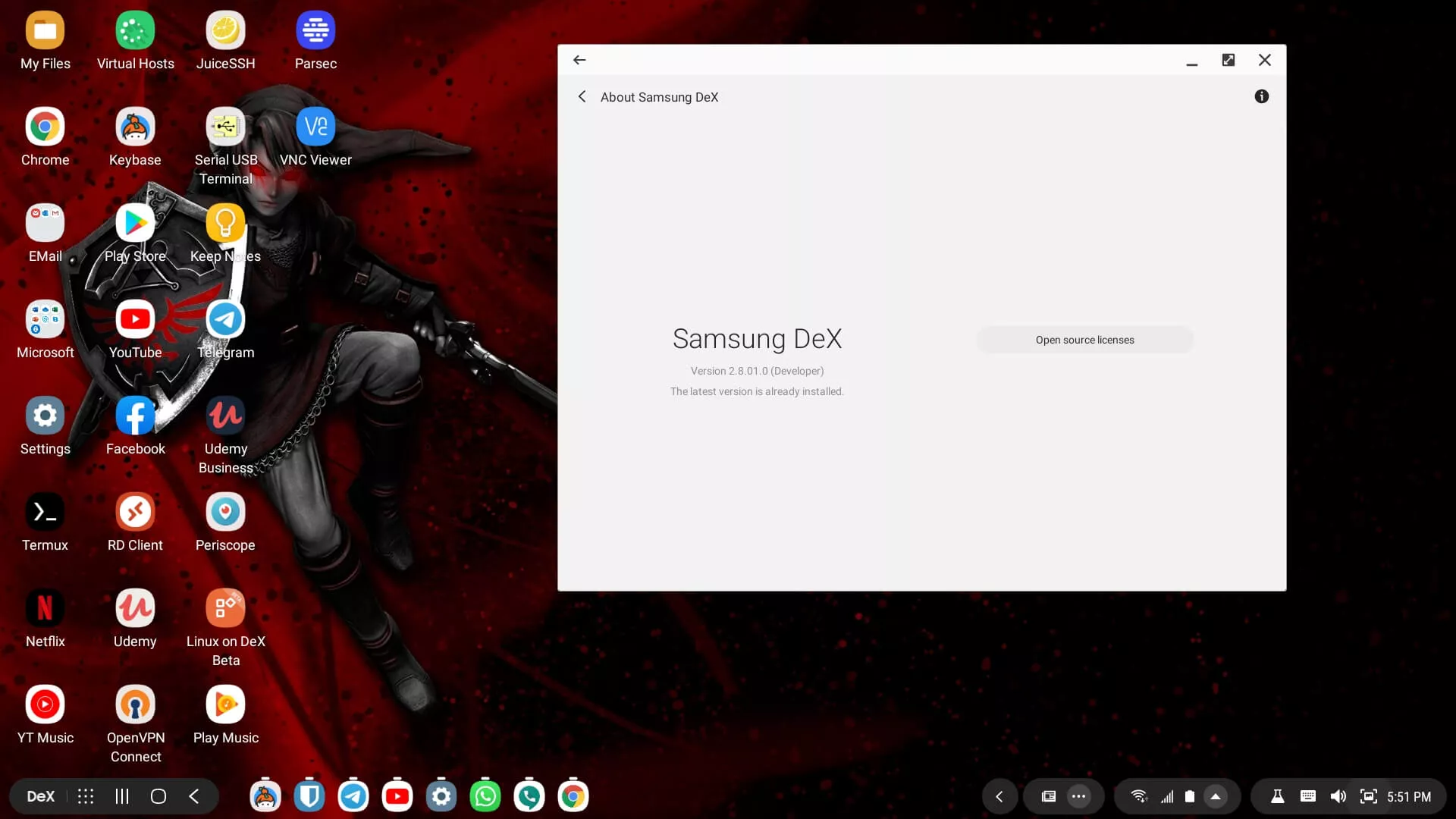Will 2021 Be The Year of The Android Desktop?

In the Linux community, there is a longstanding trope aptly referred to as “The Year of The Linux Desktop” in which everyone predicts the year that the Linux desktop usage rates are the majority instead of the minority for typical home users. It is no secret that Microsoft has been hemorrhaging Windows users to MacOS, iPads, Android Tablets and even ChromeOS at a high rate, mostly due to the fact that the typical home users computer needs have vastly changed over the past few years to be more “browser-centric”. Many companies have tried to push Linux desktops as a alternative to Windows however they often failed, ChromeOS was the first consumer Linux distribution to see widespread home usage and widespread education usage. I would argue that 2020 may have been the year of the Linux Desktop, especially with many schools issuing Chromebooks to students for remote learning due to COVID however I feel that Android might be next.
Disclaimer: This Page Has Been Archived
Please note that this blog post has been archived and may contain information that is outdated, defunct, or covers topics that are no longer of interest. It is being kept available solely for reference purposes, in case others might find portions of it useful.
For more recent and up-to-date tutorials, I recommend visiting KMyers.me or other websites that specialize in the topic you are interested in. It is always advisable to seek the most current information to ensure accuracy and relevance.
Developers should take note as this would mean that targeting Android for your end user desktop applications may make a lot of sense in the future. . My reasoning for this comes down to three major talking points; Desktop Runtimes, Chromebooks and Android Phones in Desktop Mode.
Desktop Runtimes
There are several desktop runtimes on the market that allow Android applications to run on the Desktop. Windows and MacOS users can use Bluestacks and Linux users can use Anbox. This allows you to run just about any Android application as if it were a native desktop application developed for your operating system. Sadly these solutions are not the “click and run” solutions that most desktop users have come to expect but that is improving all the time.
Chromebooks
ChromeOS introduced support for being able to run Android applications a few years ago. At first the compatibility of the Android runtime left a lot to be desired however it has definitely improved over the years and currently offers near-perfect compatibility on most well-designed Android Applications. Sadly the only thing holding back Android support on ChromeOS is the fact that several developers fail to optimize the layouts of their apps for larger screens, leaving Chromebook users with apps that look and feel like larger phone interfaces.
Android applications on Chromebooks benefit from the same application distribution network as Android phones, the Google Play Store which automates the ability to purchase applications, unlock premium features via in-app-purchase and DRM if you wish to use it.
Android Phones
“Desktop Mode” was quietly and unofficially introduced in Android 9.0. This allows a user to connect their phone to a larger display and use it like a desktop computer. This gives users a way to run multiple applications as if they were using a desktop computer. This experience was janky at best but it helps to show the potential of using your phone as a desktop computer. I would refer to Google’s stock Desktop UI as more of a scaffolding instead of a finished product.
This desktop mode has not officially been announced by Google but that has not stopped several phone manufacturers like Samsung, LG and Xiaomi from using it on recent phones, providing a much more polished interface and implement some of the missing features and greatly improve the UI. Samsung by far seems to be the leader in this field with Samsung DeX but the other desktop mode implementations from Xaiomi and LG are not something to ignore.